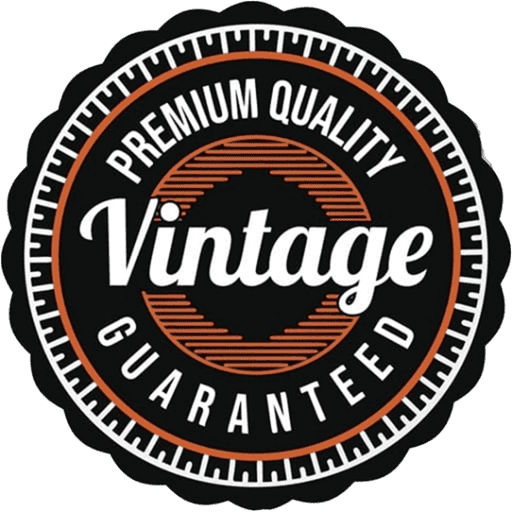Start by locating the RN number on the clothing tag, which is usually found inside the collar, side seam, or waistband. Recognizing this number is crucial, as it serves as the key to accessing detailed product information quickly.
Use the RN number to search the official Federal Trade Commission database or trusted third-party websites. Enter the exact number in the search field to find the manufacturer’s details, product type, and other relevant data. This process allows you to verify the brand and item specifications effectively.
Compare the information retrieved with the physical item, paying attention to fabric tags, logos, and construction details. Document discrepancies or confirm consistency to assist in authenticating the clothing piece. Relying on accurate RN lookup methods simplifies the identification process and minimizes counterfeit risks.
Keep in mind that maintaining a record of RN numbers associated with different brands and item types builds a helpful reference system. Applying this approach regularly enhances your ability to distinguish authentic garments from imitations quickly and confidently.
Understanding the Format: Deciphering the RN Number Components and Their Meaning
Review the RN number carefully and break it into segments to interpret its components accurately. The RN format typically contains a series of alphanumeric characters that encode specific information about the manufacturer or the product.
Breaking Down the RN Number
Most RN numbers resemble a pattern like XXXXXXX or XX-XXXXXX. The initial part generally indicates the manufacturer or company’s unique identifier, while the subsequent digits provide more details about the product or production line.
For example, in an RN such as 123456, the first few digits often map to the company’s registration code, which the Federal Trade Commission (FTC) assigns. The remaining digits identify specific product categories, styles, or batch numbers, depending on the company’s coding system.
Meaning Behind the Components
Manufacturer Identifier: Usually the first 2 to 4 digits, this segment pinpoints the company responsible for the item. Cross-reference this code with the FTC’s database to verify the manufacturer’s name and registration status.
Product or Batch Details: Digits following the identifier may denote style, size, season, or production batch. These details help in pinpointing specific items in inventory or for recall purposes.
Keep in mind that each manufacturer can customize the interpretation of their RN numbers. However, the first few characters systematically link to the company’s registration, making it a reliable starting point for identification and verification.
Practical Steps for Lookup: Finding and Verifying Clothing Details Using RN Numbers
Start by visiting the official Federal Trade Commission (FTC) website or trusted third-party databases that provide RN registration information. Enter the full RN number in the search bar to access detailed data about the manufacturer or company behind the clothing item.
Verify the Manufacturer and Product Details
Check the returned information for the company’s name, address, and contact details. Cross-reference these data points with the label on the clothing item to confirm consistency. If discrepancies appear, contact the manufacturer directly for clarification or further verification.
Look for additional details such as the company’s official website or social media profiles within the database results. Visiting these sources can help confirm the legitimacy of the RN number and provide insight into the brand’s product range.
Confirm Style and Fabric Information
Use the manufacturer’s official platforms or trusted retailer sites to match the RN number with specific clothing styles, descriptions, or fabric types. This step ensures the item’s listed details align with what is physically tagged or labeled.
In cases where online data is incomplete, request further documentation from the retailer or manufacturer, such as product catalogs or manufacturing records, to substantiate the clothing item’s origin and composition. This thorough approach helps prevent counterfeit or mislabeled products.
